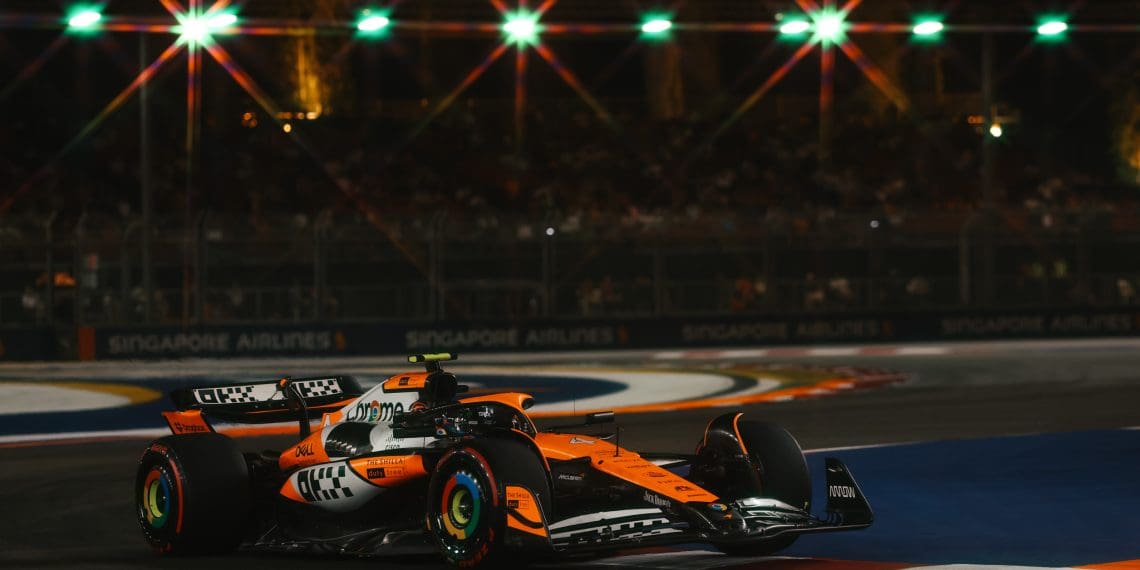McLaren’s daring rear wing strategy is the epitome of Formula 1 ingenuity, executed with precision and brilliance that made it a game-changer at circuits like Spa, Monza, and Baku. While critics might label it as bending the rules, McLaren played within the boundaries of the sport’s regulations, showcasing a masterclass in exploiting the fine line between what’s legal and what’s not.
At the heart of this controversy lies the inherent challenge of F1’s flexible bodywork rules, which demand that all aerodynamic components be “rigidly secured” and “immobile with respect to their frame of reference.” The reality, however, is that no component is truly immovable, and no static test can perfectly mimic the on-track forces at play, making this a fertile ground for innovation and exploitation.
McLaren’s rear wing perfectly navigated these grey areas, much like Red Bull has done in the past with aeroelasticity. McLaren’s chief, Rob Marshall, confirmed that the team worked closely with the FIA to ensure the wing’s legality, including sharing designs and passing all load tests. The wing was fully compliant—until it wasn’t.
Only a formal protest could have forced a change, but as Ferrari’s Fred Vasseur admitted, proving such claims is no simple task. McLaren’s rear wing was a masterpiece of precision, designed to push the boundaries without overstepping them, and it succeeded in doing so for three pivotal races before minor adjustments were required for future use.
McLaren knew they were pushing into a controversial zone but accepted the calculated risk, understanding that this was part of the ongoing chess match of F1’s technical landscape. This wasn’t about breaking the rules; it was about dancing on the edge of them, a strategy that’s as old as the sport itself.
The game in Formula 1 has always been about maximizing the grey areas, ensuring your car is not outright illegal but instead operates at the very limits of the rulebook. It’s not about creating an absolutely legal car—it’s about creating one that’s “not illegal.”
Flexible bodywork controversies are nothing new in F1. They’ve been part of the sport for decades, with teams constantly pushing and then reining in as the rules evolve and the stewards take notice. McLaren’s wing will join the long list of ingenious designs that forced a rethink, much like the innovations from Red Bull, Ferrari, Renault, and countless others in F1’s storied history.
The real disappointment, if any, lies not in McLaren’s boldness but in failing to fully capitalize on their creation, winning only one of the three races where the original rear wing was allowed. In F1, legality is a moving target—what’s allowed today can be banned tomorrow without a single word of the regulations changing.
For now, McLaren’s audacity stands as a reminder of what makes F1 so thrilling: the relentless pursuit of perfection, the willingness to toe the line, and the constant battle to exploit every loophole available. It’s a testament to the spirit of grand prix racing, and next time, it’ll be another team’s turn to push the boundaries. And when they do, they too will deserve applause for playing the game in the finest tradition of Formula 1.










